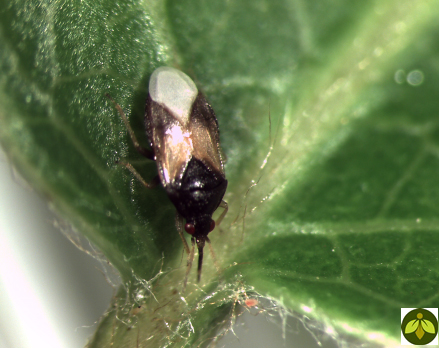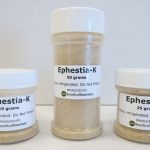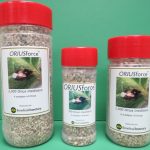Description

Orius insidiosus, also called the minute pirate bug, is an aggressive thrips predator – possibly the most effective. It attacks and kills all mobile stages of thrips, including adult thrips.
Orius is a true bug, which means it has a long rostrum (feeding tube). It uses its rostrum to pierce its prey, and drain the contents, killing the pest.
A ‘generalist’ predator, Orius feeds on many pest species, such as mites, aphids and moth eggs for food. It will control thrips, and helps in the control of the other pest species.
Life-style
The first nymphs are colourless, and darken as they mature; going from yellow to brown. Fifth-stage nymphs have wing pads. All nymph stages have red eyes. Adults are black and have a characteristic white patch on its back.
Orius females may enter diapause when daylength is less than 12 hours. Releases of Orius are possible during this time, but one should not expect establishment.
Benefits
In addition to its predatory nature, Orius can feed on pollen if prey is scarce. Preventive applications are possible in pollen bearing crops (eg pepper).
Supplemental feeding of Ephestia eggs has been shown to enhance the ability of Orius to control thrips. Ephestia eggs are more nutritious for Orius than thrips. It aids Orius population growth because adult females fed Ephestia lay more eggs per day and live longer. The Orius population increases more and faster than if fed only thrips.
Scouting
Advisories
Usages
Release Rates for Orius insidiosus
| Classification | Release Information |
|---|---|
| With existing pest population | 0.5 to 1 per 10 square feet |
| Alert: | Release rate suggestions on these pages are usually not sufficient for cannabis growers. For cannabis release rates check out our Cannabis page or contact us with questions. 1 (800) 477 3715. |
Produced in the USA by Beneficial Insectary!
Purchase
-

NUTRIforce™ – Ephestia eggs for predator food (10/25/50gr/ Card of 35,000)
$13.95 – $154.95 Select options This product has multiple variants. The options may be chosen on the product page -

ORIUSforce™ – thrips predator (500, 1,000 or 2,000)
$59.95 – $193.95 Select options This product has multiple variants. The options may be chosen on the product page -

Universal Release Boxes- Pack of 50
$28.95 Add to cart
